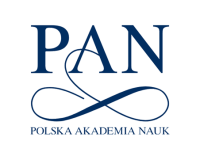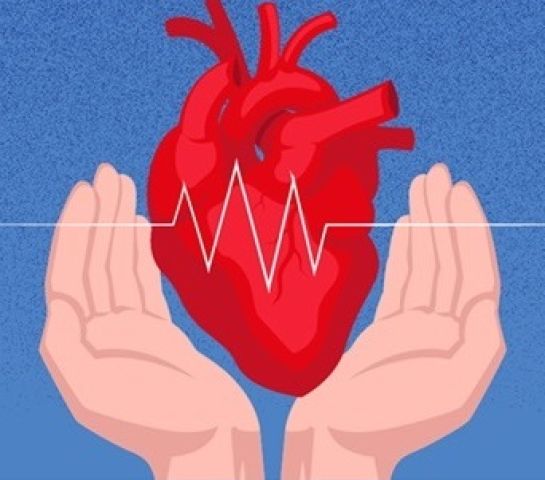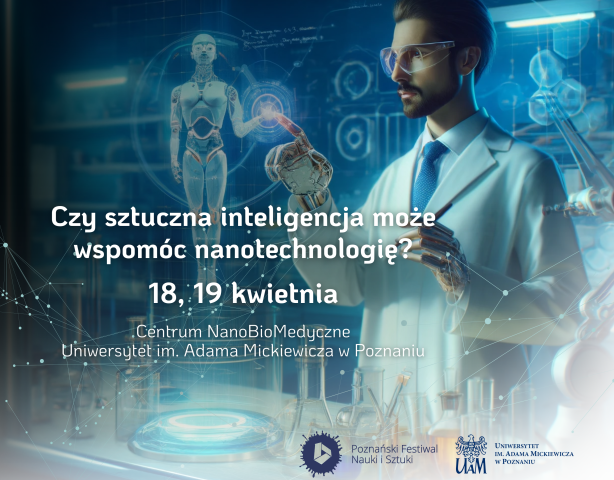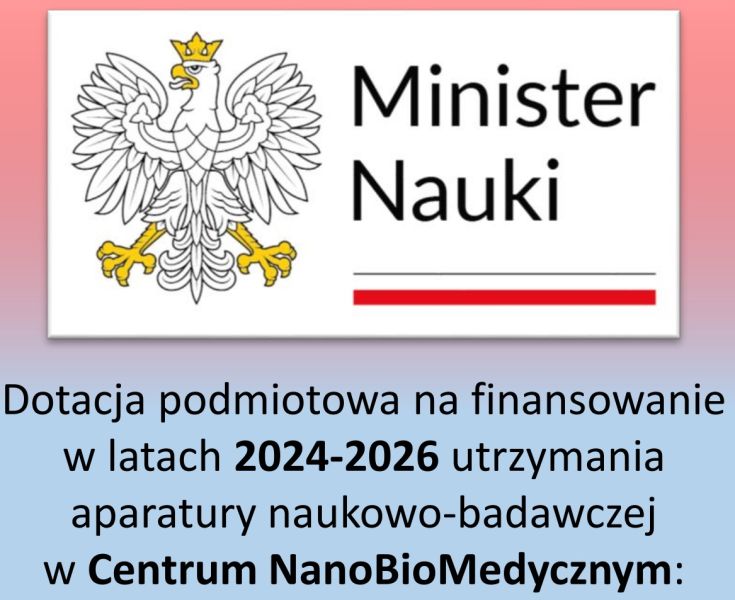About the Centre
The NanoBioMedical Centre is an organisational unit of Adam Mickiewicz University in Poznan with the status of a scientific unit from 2018, which was established in partnership with the Medical University, the University of Life Sciences and Poznan University of Technology and started its activities The main objective of the CNBM is to carry out research and teaching activities in the field of nanoscience and nanotechnology in an interdisciplinary approach at doctoral and master level.
- +200 projects
- +10 laboratories
- +70 researchers and doctoral students
Cooperation
-
 pan.png
pan.png -
 up_poznan-logo_trans.png
up_poznan-logo_trans.png -
 Universidade-de-Lisboa.png
Universidade-de-Lisboa.png











